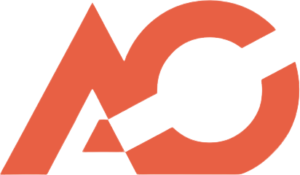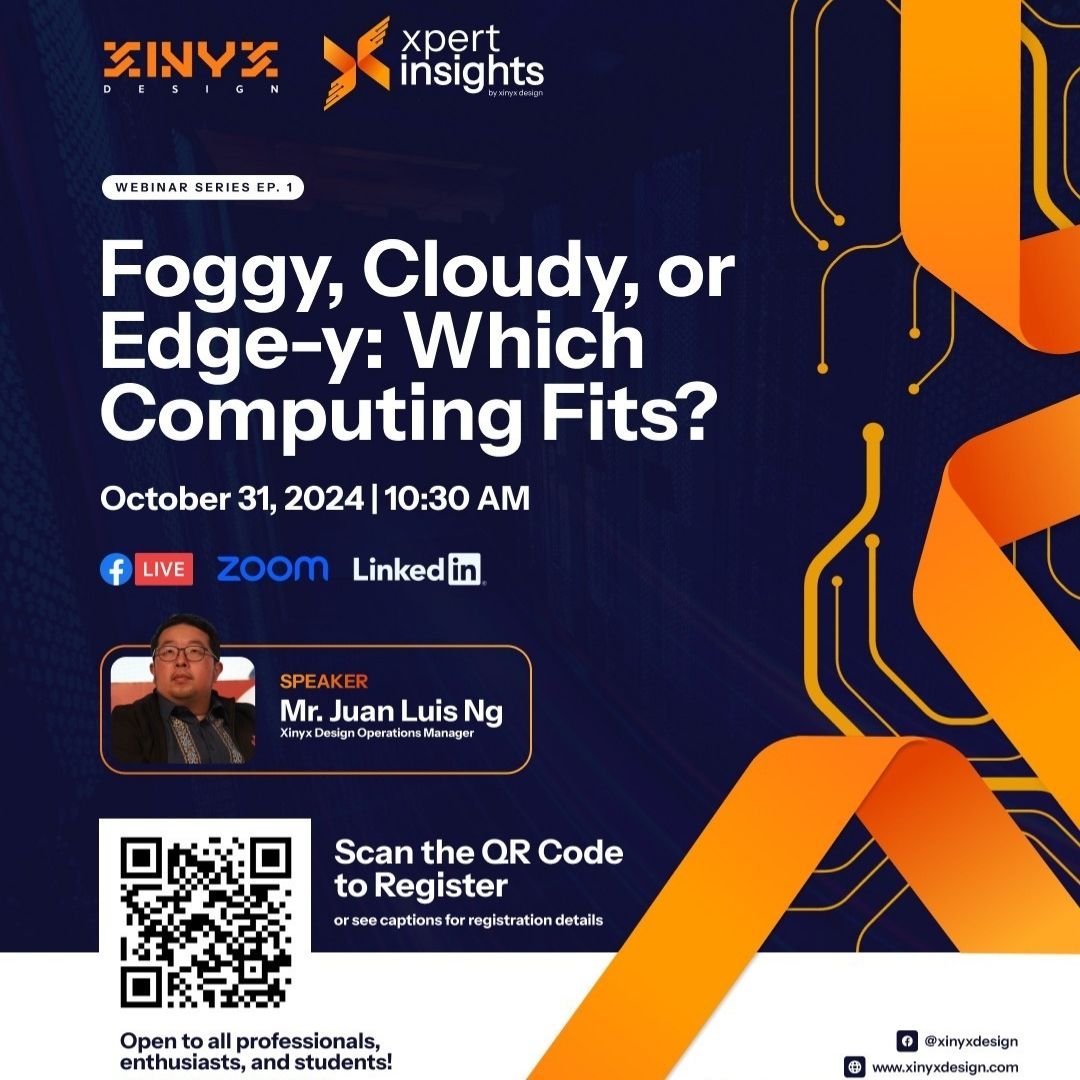I recently participated in an enlightening webinar titled “Foggy, Cloudy, or Edge-y: Which Computing Fits?” on October 31, 2024, via Zoom. Organized by Xinyx Design Consultancy and Services Inc., this one-hour session led by Operations Manager Mr. Juan Luis Ng provided me with valuable insights into modern computing paradigms that I hadn’t fully grasped before.
As I logged in from 10:30 AM to 11:30 AM, I was eager to expand my understanding of different computing models. Mr. Ng immediately captured my attention with his comprehensive overview of how computing has evolved and why approaches like Fog and Edge Computing have emerged alongside traditional Cloud Computing. Through his clear explanations, I quickly grasped the fundamental differences between these three computing approaches – Cloud Computing excels at centralized data storage and processing, Edge Computing delivers rapid responses directly on devices, and Fog Computing offers a middle-ground solution that brings computing closer to users while maintaining cloud connections.
What I found particularly valuable was how Mr. Ng compared these computing models based on practical factors like speed, security, scalability, and cost. Through real-world examples – Edge Computing in self-driving cars, Fog Computing in smart cities, and Cloud Computing in major web applications – I developed a concrete understanding of how these technologies function in daily life. The session concluded with practical advice on selecting the appropriate computing model based on specific project requirements, which I found incredibly relevant as a 4th-year computer science student working on my thesis. The interactive Q&A session allowed me to clarify my remaining questions and learn from the collective discussion.
Before attending this webinar, I was primarily familiar with Cloud Computing, but I hadn’t realized how important Edge and Fog Computing have become, especially with the proliferation of IoT devices. One of my key takeaways was understanding how the location of data processing significantly impacts performance across different computing models. I learned that Cloud Computing processes data in distant data centers, Edge Computing processes data at creation points for immediate response, and Fog Computing strikes a balance by handling data on local networks before cloud transmission.
I also came to appreciate that there isn’t a universal “best” computing approach – each has distinct advantages and limitations depending on use cases, data types, response time requirements, and budget constraints. This insight helped me realize that beyond writing efficient code, selecting the right architectural design to meet user needs is equally crucial. The real-world examples Mr. Ng provided – Netflix using Cloud Computing, smart homes leveraging Edge Computing, and smart traffic systems employing Fog Computing – helped me connect these technical concepts to everyday applications.
After this webinar, I can see numerous ways to apply these computing paradigms to my thesis project and future endeavors. For my thesis involving campus-wide monitoring, I’m now considering implementing Fog Computing by setting up local servers in each building to process data from multiple sensors before sending essential information to the cloud. This approach would help me reduce network traffic, lower costs, and still benefit from cloud storage for long-term data analysis. Mr. Ng’s advice on evaluating factors like speed, security, scalability, and cost will guide my system design decisions for both academic and professional projects.
I found the webinar exceptionally well-organized with a logical progression from basic definitions to comparative analysis and selection criteria. The presentation featured clean, visually helpful slides with clear headings and simple diagrams that enhanced my understanding. Mr. Ng proved to be an excellent speaker who explained complex concepts in accessible terms using relatable analogies – like comparing latency differences to package delivery times from varying distances. The Q&A session was efficiently managed, with thorough responses that often provided valuable additional information beyond what was asked.
While I thoroughly enjoyed the session, I believe it could be enhanced with more interactive elements like case study activities in breakout rooms, where participants could apply their new knowledge to decide which computing model best suits specific scenarios. A post-webinar resource guide with links to free learning materials and beginner-friendly tools would also help me continue exploring these topics independently. Additionally, a brief demonstration showing data flow through each system would benefit visual learners like myself, while hearing from a student who has implemented these models in their thesis would make the information feel more achievable for my own projects.

